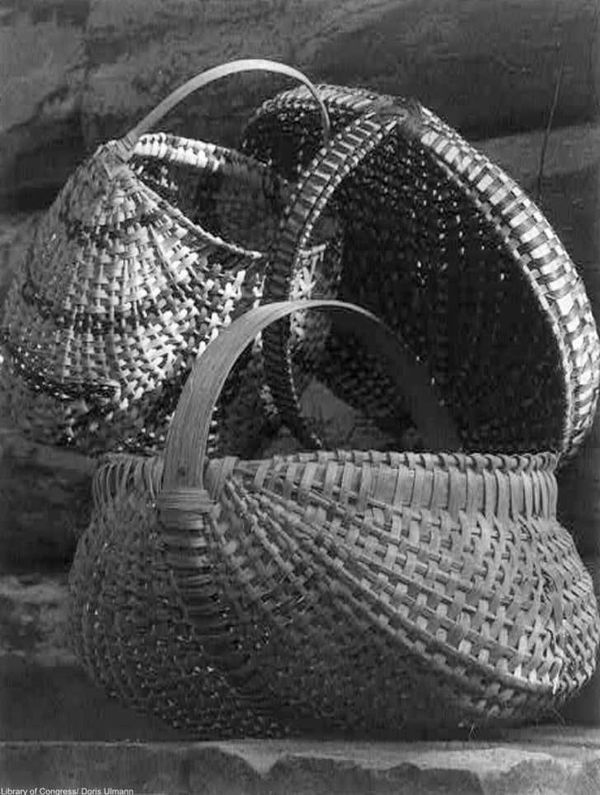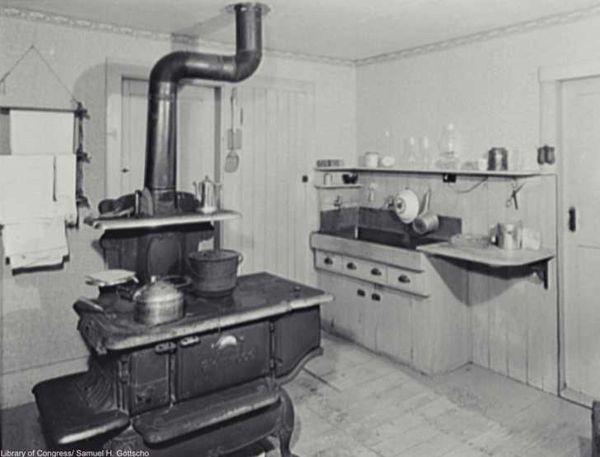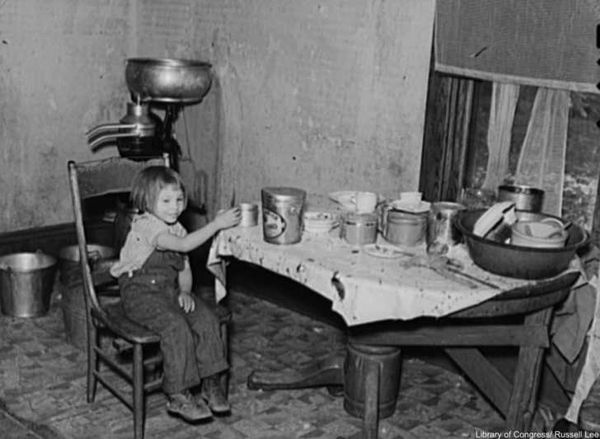Introduction
The kitchen has evolved significantly over the years, and it’s fascinating to see how things have changed. Looking back, we can’t help but notice the quaintness of certain items that were once essential in every kitchen.

While these items may seem outdated to us now, they played a crucial role in the past. Let’s take a trip down memory lane and explore ten antique kitchen items that have become rare sights in modern kitchens.
1. Butter Churns

Butter-making was once a hands-on endeavor, with families using small butter churns in their kitchens. It was a labor of love, ensuring the freshest and most flavorful butter possible. While today we can easily buy butter from the grocery store, it’s interesting to reflect on the traditional methods of crafting this staple.
2. Pies Cooling on the Windowsill

In the past, freshly baked pies were left to cool on the windowsill or a table near an open window. The gentle breeze would help cool the pies and fill the kitchen with a tempting aroma. Nowadays, we rely on cooling racks in closed kitchens, but there’s something nostalgic about the image of pies basking in the natural air.
3. Crockery Pots

Crockery pots were indispensable in kitchens before the advent of modern storage containers. Used to store flour, lard, sugar, and other necessities, these stoneware pots were a common sight. They added a touch of rustic charm to kitchens and served as practical storage solutions.
4. Pie Safes

Pie safes were a clever invention from the old days. These safes had perforated tin fronts, allowing steam to escape while keeping pies and baked goods safely tucked away from insects and little hands. Today, we have sleek storage options, but pie safes will always have a special place in our hearts.
5. Shopping Baskets

Before shopping bags became popular, people used baskets to collect groceries from the market, eggs from the chicken coop, or vegetables from the garden. These baskets were versatile companions, ensuring a convenient and eco-friendly way of carrying provisions.
6. Butter Bowls

Long before butter came neatly packaged in sticks or fancy glass containers, people scooped their homemade butter into crockery bowls. These bowls were simple yet functional, often covered with a saucer or cloth before being stored in cupboards or on shelves.
7. Cast Iron Muffin Pans

Cast iron muffin pans, once a staple in kitchens, have become rare finds. Heavier than their modern counterparts, these pans added a touch of nostalgia to baking. Some collectors even consider the corn-shaped pans as prized possessions.
8. Hearth Cooking Tools

In the days of hearth cooking, specialized tools were necessary for roasting meat or turning baked goods. The fireplace became a hub of culinary creativity, and these antique cooking tools were essential for safely preparing meals. It’s a reminder of how much our cooking methods have evolved.
9. Towel Drying Racks

Before the days of paper towels, cloth towels were a kitchen staple. Towel drying racks provided a practical solution for keeping towels dry after use. Hanging them near the stove was a smart move, allowing the towels to dry quickly and be reused again and again.
10. Washtub Instead of a Sink

In bygone days, wash tubs or basins served as makeshift sinks for cleaning dishes and preparing food. Kitchen sinks weren’t as common back then, and these tubs played a vital role in daily chores. They were also where dirty dishes were stacked before being washed, showcasing a simpler time.
Conclusion
As we marvel at the conveniences of modern kitchens, it’s important to appreciate the history and heritage of these ten antiquated items. They exemplify the resourcefulness and creativity of our ancestors, who found clever ways to work with the tools they had. While we may no longer see these items in our kitchens today, their legacy lives on as a reminder of our culinary roots.






